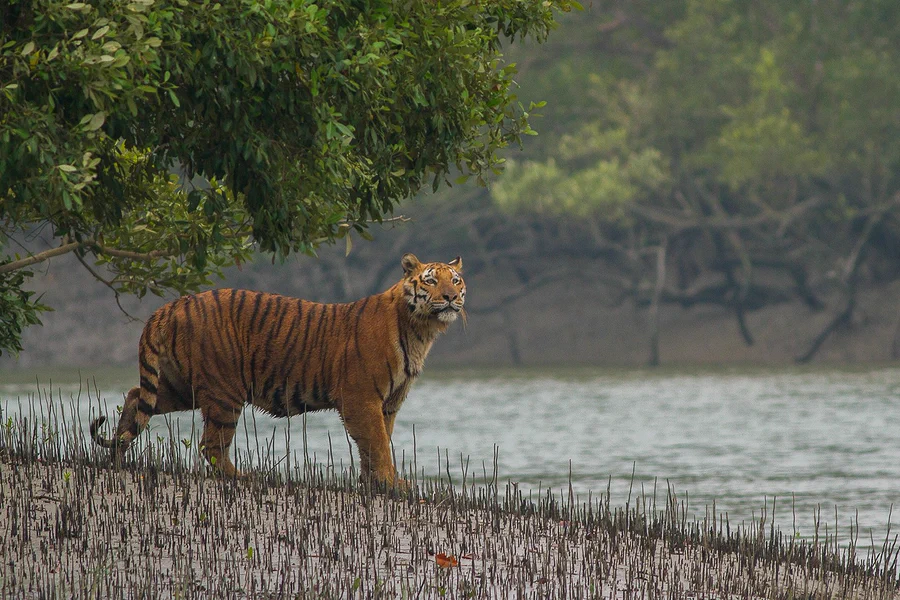As 2023 marks the 50th anniversary of Project Tiger, India’s extraordinary species conservation initiative, the nation boasts an increase in its wild tiger population to 3,167, accounting for 75% of the world’s wild tigers. While the success is undeniable, the rise in numbers is not uniform across the country, and some regions report a decline.
Critics argue that the focus on tiger conservation has unintentionally sidelined other critically endangered species. Furthermore, it’s pointed out that conservation efforts have sometimes negatively affected forest-dwelling communities. However, the number of such species has also grown from 47 in 2011 to 73 in 2022.
Dr. Rajesh Gopal, a Project Tiger veteran and the Secretary-General of the Global Tiger Forum, acknowledges these issues but underscores the undeniable success of the program. Since its modest beginning with 1,857 tigers across 9 reserves, Project Tiger has expanded to 53 reserves and witnessed a significant increase in the tiger population.
Project Tiger’s unique approach views the tiger as a “multidimensional surrogate indicator of biodiversity and human well-being,” setting it apart from other conservation initiatives. Threats to tiger populations have evolved due to ongoing landscape-level transformation, with exceptional conservation work by several tiger reserves such as Kanya, Bandhavgarh, and Corbett.
Despite challenges, the concentration of tigers in productive habitats is viewed as a positive outcome, indicative of a secured source population. Dr. Gopal dismisses concerns about potential genetic isolation due to concentrated tiger populations. To ensure viable tiger populations nationwide, translocation is actively employed as a management strategy, especially in reserves nearing their biological carrying capacity.
An independent study by the Indian Institute of Forest Management suggests improved habitat sustainability, resulting in tangible gains. This contradicts a 2019 study that indicated a decline in habitat quality. Dr. Gopal advocates broadening conservation metrics to include qualitative aspects beyond tiger numbers.
Dr. Gopal emphasizes the importance of continuous conservation efforts to protect global biodiversity. India’s conservation ideology balances an exclusive tiger agenda in core areas with a co-occurrence agenda in peripheral buffer zones and beyond.
Similar Post
The “Amrit Kamal Ka Tiger Vision” (Tiger @2047) offers a roadmap to sustained success in tiger conservation for the next 50 years. On Global Tiger Day 2023, an annual growth rate of 6.1% was announced, indicating a significant increase in India’s tiger population to 3,925.
Notably, states such as Madhya Pradesh, Uttarakhand, and Maharashtra have seen remarkable increases in tiger populations. Conversely, local declines and concerning trends in states like Mizoram, Nagaland, and Goa, call for targeted conservation efforts.
Since its inception in 1973, Project Tiger has evolved from covering 9 tiger reserves spanning 18,278 km to 53 reserves spread across 75,796 km in 2023. Initially focused on creating protected areas, the project later adopted stricter law enforcement measures and implemented modern technology for scientific monitoring.
This shift in approach, incorporating community involvement and employing technology, facilitated the growth of the tiger population and led to several significant outcomes. However, India continues to grapple with challenges such as poaching and habitat fragmentation. Despite this progress, there remains a continued need to secure tiger habitats and corridors.


















